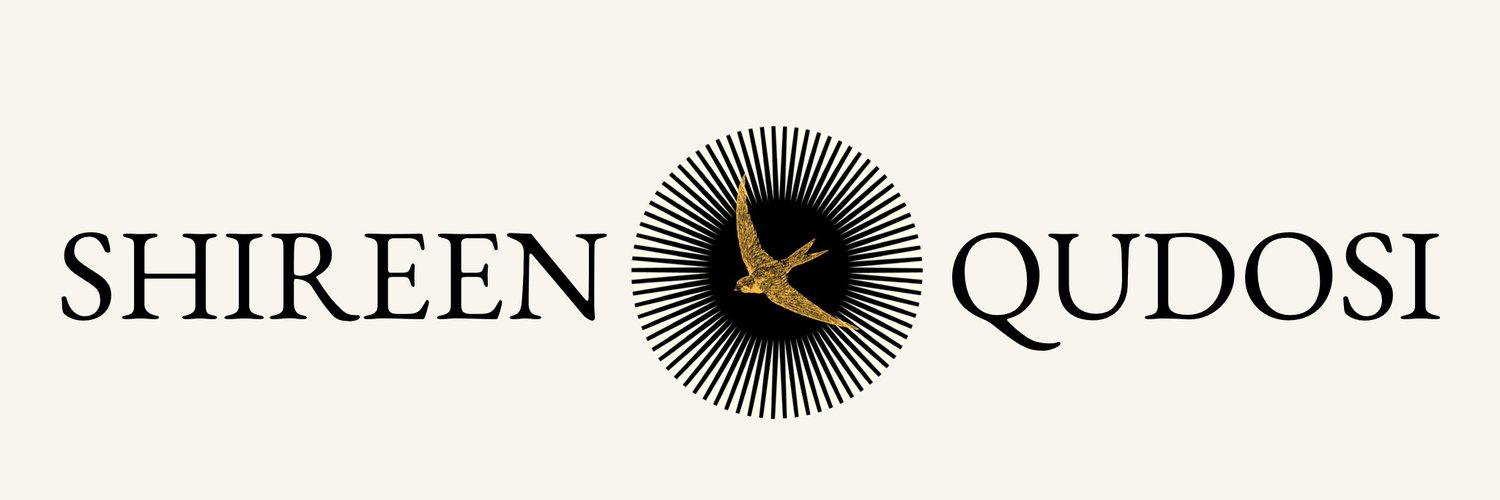Why Good People Join Bad Ideas
After September 11th, 2001, I left law school and dove into the rabbit hole of faith to understand how a religion I was told was peaceful, was producing people who were so terribly violent. This question in my heart took me on a path where I spent the next 22 years studying Christianity, Buddhism, Hinduism, Judaism, and of course Islam. I joined Golden Temple retreats in the hidden nooks of Beverly Hills where I experienced what it was like to be in a community dedicated to the practice of belonging. I spent a year in Tokyo and Nagoya, Japan, becoming friends with mosque and convert communities in a country typically known for turning away from faith. I volunteered with local Islamic institutions in Southern California to see why new ideas never broke into our own communities. I spent a year studying the emotion of extremism across the spectrum of belief before launching preventing violent extremism programs across communities in the United States. Twenty years of studying why good people join bad ideas. There is a world of stories within these experiences that my Substack will unfold through intimate conversations with you, dear reader.
In all this, two key milestones stand out:
In 2019, I predicted we were going to see heightened radicalization because of this growing hyper-focus on identity.
In 2020, we all collectively saw our outer and inner worlds burning away; and you're left with what's left after everything burns away. Part of that is the experiential process of what happens as things as the world we know falls apart -- how that alchemizes us. It certainly alchemized me.
By the summer of 2020, I was five years into working with the broad spectrum of extremism and 15 years into studying violent faith-based ideologies.
The summer of 2020 was a period of change in our country, ushered by the death of George Floyd. Many moved toward Black Lives Matter, digging their heels deeper into racial and political tribes. As someone who studied extremist patterns, I could see the harm in the apparent good. We were separating further apart from each other, reinforced by the global pandemic the next year that had people falling into the same thought-traps I’ve seen over and over again in religion. If we ever wondered how so many people can believe an idea of an angry God and fall into lock-step without a vision of what lies beyond our horizon, we have the experiences of 2020-2022. It happens easily and quickly, like a herd of sheep over a cliff. Meanwhile, that same summer I moved further away from identifying with any identity marker, even faith. I even began questioning my work in extremism, looking at how I was contributing to the problem rather than being any kind of solution.
I spent the next two years thinking deeply about these issues, questioning everything. I formed a non-profit, The Foundation for Human Belonging, but still held back from launching any program or presence until I took the time I felt was needed to come up with a pathway that made sense with the bigger picture.
So what is the bigger picture?
Even with our efforts to do good, we are adding to our collective wounds and simply chugging along without pause, without looking at the track we’re on. This is most evident to the knee-jerk reactions we see to headline stories. There is a demand for immediate opinions — in fact, career survival depends on it. But these reactions are not rooted in the heart space, they’re not rooted in first going within to process and be with the events.
Instead of watching the storm from the horizon to gain perspective and wisdom, we throw ourselves into the storm, becoming a torrent of the storm.
We’re increasingly disembodied from our own beings, with our knowing of the world beyond the whispers from politicians, media, algorithms, pundits, and influencers.
We’re operating in a survival mode that gets us thru today and crashes into us tomorrow. Our paradigm is broken and it’s absolutely crushing us.
I thought, how can I take the fact that our world is falling apart, I've spent 20 years studying worlds falling apart through global extremism, and bring together a model for these components. How can this model be informed by my role as a woman rising in awareness of the sacred feminine? And how can the sacred feminine be a steward for a world on fire?
You start with dropping the daggers. You move beyond polarity and the tribal wars that have separated us from time immemorial. You move from knowledge to wisdom. And you practice this daily.
In that practice, in deep immersion into the mystical, I found harmony.
The problems we face are not the world-ending crisis that we've made them. There is a way to dance with the world, a choreography to understand it and move within it, without falling into the paradigm of fear.
My Substack is an expression of that devotion and practice, shedding the skin of identity to bring you thoughts and insights that refuse to engage in the same destructive and dangerous patterns that have brought us to the brink of self-annihilation as a human species. And it is my aim to do it with love, and through love.
A Respite From Chaos
If you’re like me, you care deeply about the world; you’re sensitive to it. If you’re like me, you’re tired of the dog-eat-dog narratives that dominate our headlines. You’re tired of the infighting and aggression. You crave a deeper, more soulful connection with the world. You found respite in my post about how to view the Iranian protests through the lens of the sacred feminine — a lens no media and no pundit or influencer shared. You found it here and it resonated with you… and you want more.

